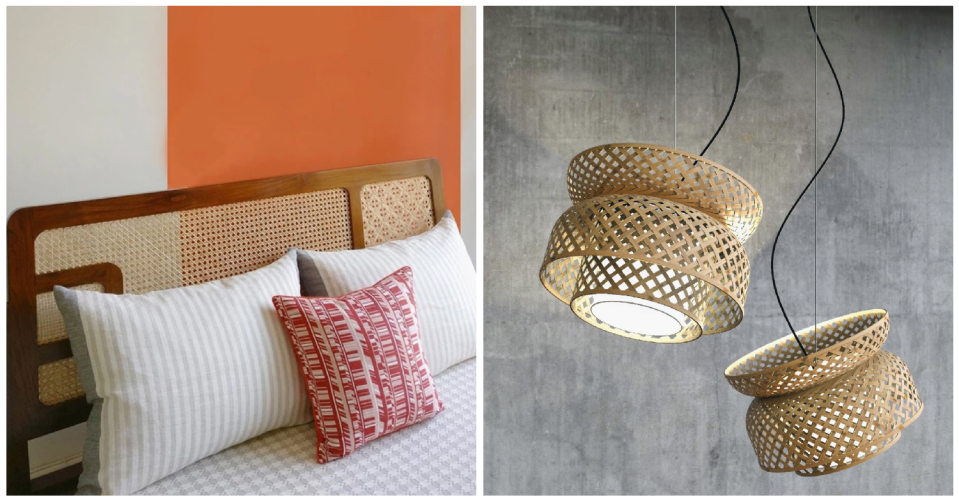Trend Alert: Wild about Wicker
When wicker furniture and decor started to pop up in just about every space last year, we wondered if it was yet another passing fad. Going by the design forecast for 2020, wickerwork — cane and bamboo, in particular – is taking over definitely here to stay. While popularly associated with the laid-back Seventies, wicker crafts has its origins in the ancient Egyptian civilizations. Its resilience made it a mainstay material in regions like South East Asia.
With the colonization of the East, the mid-century revival of the Arts and Crafts movement in Europe witnessed new design influences that moved towards Orientalism. “Wicker furniture is incredibly popular today for the same reason that it was sought-after in 1960's Europe - it was airy and light, hygienic and easy to maintain, and remarkably stylish,” says Latika Khosla, colour consultant and founder-director at Freedom Tree Design. Additionally, wicker pieces cater to the current need for highly adaptable furniture that can also facilitate easy movement.

The wicker trend is entwined with an element of nostalgia. “Its revival is a cyclic thing. Cane is such a beautiful, versatile material with great texture. Why not bring it back in a new avatar without losing that timeless quality of the product,” says architect Amitha Madan who co-founded Magari — a Bengaluru-based furniture label, known for its contemporary take on wicker. She also observes that a flourishing local design scene has produced myriad interpretations of the craft. Brands like Magari, Freedom Tree and Fabindia feature wicker with classic materials like teak and ash wood, across retro-chic forms. The result is timeless designs that grow with a space.
At the luxe end of the spectrum is bespoke furniture label Pieces Of Desire (P.O.D) by architects Nishita Kamdar and Veeram Shah. Sway, its debut series launched last September, revisits the concept of a swing with 10 furniture pieces crafted from dark-black-stained teak and rattan with brass accents. “Sway was an attempt at re-imagining pieces and styles we may have grown up seeing and consciously modernising them,” says Kamdar, for whom wicker triggers childhood memories of Mumbai’s Parsi colonies and cane markets.
The wicker revival is also a reflection of a wider appreciation for handwork and a move towards natural, sustainable materials. Mumbai-based Mianzi, for instance, is a bamboo furniture and lighting brand whose sculptural designs are eco-friendly and specially treated to withstand extreme climatic conditions.
The brand works with craftspeople in states like Madhya Pradesh, Assam and others parts of North East India that account for over 75 percent of the country’s bamboo reserves. We love that the furniture pieces are knock-down and easy to store or transport.
Breezy yet classy, timelessly stylish and eco-conscious to boot. Do you need more reasons to bring home the bohemian-luxe wicker trend?

 Yahoo Sport
Yahoo Sport 








































